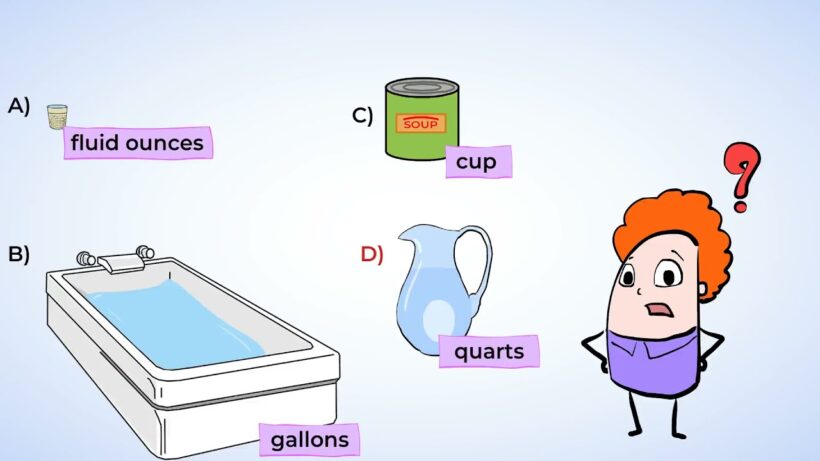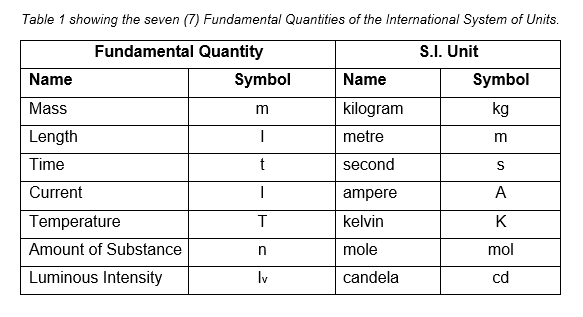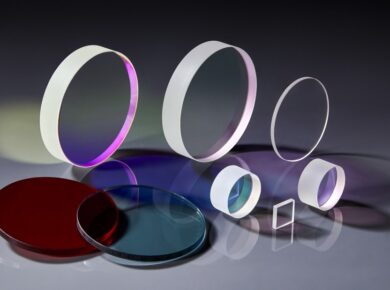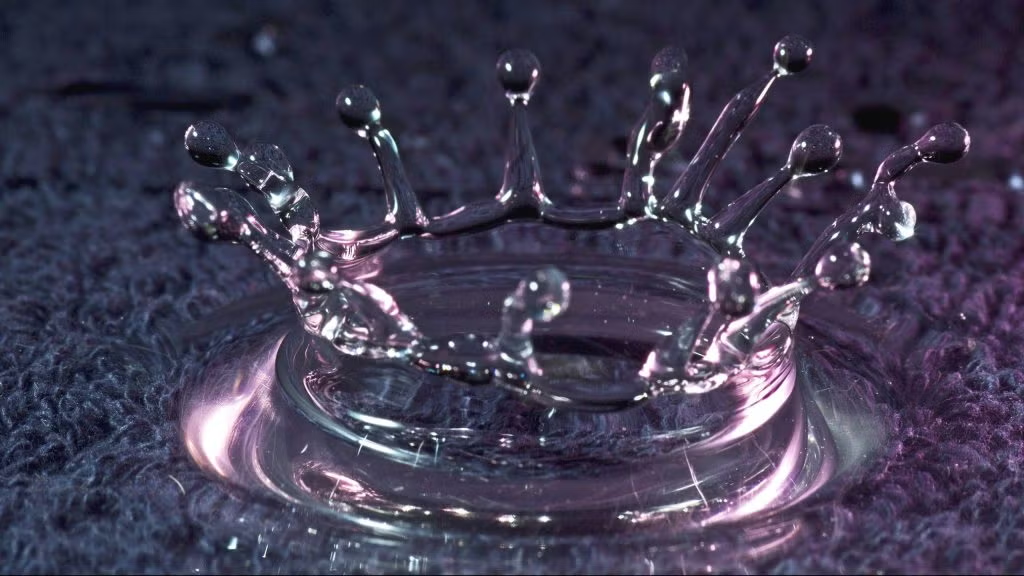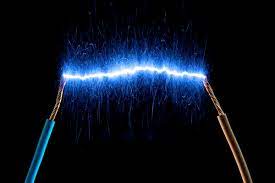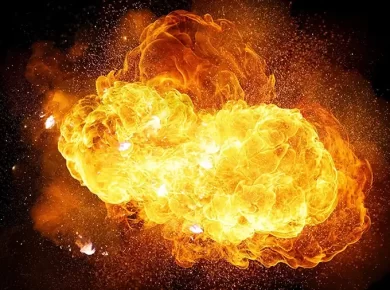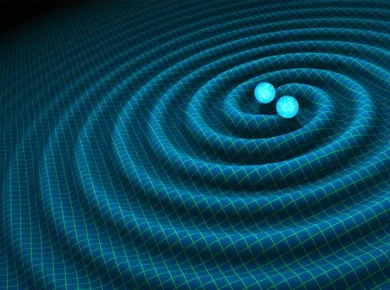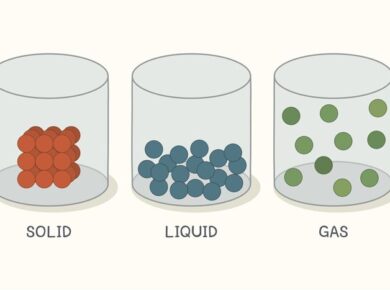Systems of Units Measurement
The CGS (centimeter, gram, second) system
- Length is measured in centimeters, mass is measured in grams and time is measured in seconds.
- Thus centimeter, gram and seconds are the fundamental units of measurement in the CGS system.
MKS (meter, kilogram, second) system
- Unit of measurement for length is meter, for mass it is kilogram and for time it is seconds.
- Thus in this system meter, kilogram and seconds are fundamental units of measurement.
- This system was used in France and number of other European countries.
FPS (foot, pound, second) system
- Unit of measurement for length is foot, for mass it is pound and for time it is second.
- This system is used commonly in Britain and the countries that were under its rule.
SI system
- In SI system length is measured in meter, mass in kilogram and time in seconds
- The SI system or the International system of standards has now replaced all the systems of measurement.
| Base quantity | Name |
| length | meter |
| mass | kilogram |
| time | second |
| electric current | ampere |
| temperature | kelvin |
| amount of substance | mole |
| luminous intensity | candela |
Fundamental & Derived Units
Fundamental Units
- The units of fundamental physical quantities (length, mass & time) are called fundamental units.
- These units can neither be derived from one another nor can be resolved into any other units.
- They are independent of one another.
Derived Units
- Are the units of physical quantities which can be expressed in terms of fundamental units
- Unit of area can be an example for derived unit. If L is the length of square then L x L = L2 is its area. Similarly, the volume of a cube is L x L x L = L3 cubic area.
Scalar and Vector Quantity
Scalar Quantities
- Measurements that strictly refer to the magnitude of the medium – absolutely no directional components
- Everything from tons to ounces to grams, milliliters, seconds & volume are all scalar quantities, as long as they are applied to the medium being measured and not the movement of the medium.
- Two more commonly used scalar quantities in physical calculations are speed and temperature. As long as they are not associated with a directional movement, they remain scalar quantities.
Vector Quantities
- Refers to both the direction of the medium’s movement as well as the measurement of the scalar quantity.
- Increase/Decrease in Temperature – The measurement of the medium’s temperature is a scalar quantity; the measurement of the increase or decrease in the medium’s temperature is a vector quantity.
- Velocity – The measurement of the rate at which an object changes position is a vector quantity. For example: If a person quickly moves one step forward and then one step backward there would certainly be a lot of activity; but, there would be “zero velocity”.
For more updates, explore the Physics. Feel free to share your thoughts and comments.
If you’re passionate about building a successful blogging website, check out this helpful guide at Coding Tag – How to Start a Successful Blog. It offers practical steps and expert tips to kickstart your blogging journey!
